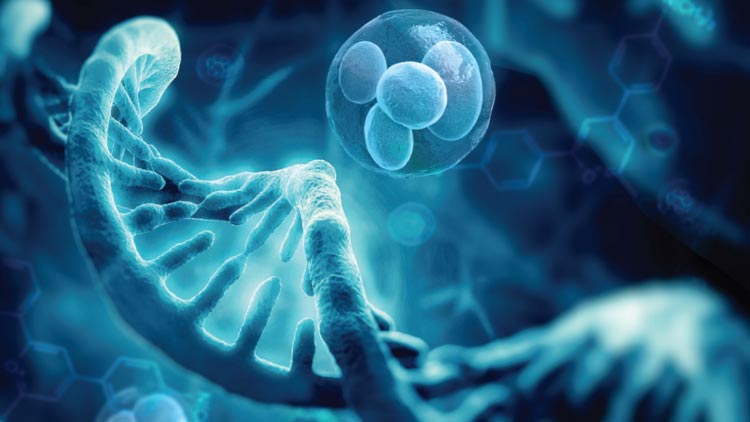
As its name implies, regenerative medicine focuses on the body’s natural and innate ability to heal itself. It’s focused on applying and developing new treatments based on this ability to heal and to restore the function of tissues and organs which may have been lost due to aging and disease, among other factors.
Regenerative medicine is more than just finding a treatment. It’s more about providing better management of diseases to support the body in restoring, regenerating, and repairing itself to a better state of well-being. The advancements being used and applied in regenerative medicine are meant to help with a wide range of conditions, from both children and adults.
Given how regenerative medicine is relatively new in the industry today, certainly, there is so much everyone can learn about it. If you’re planning to try regenerative medicine anytime soon, here is some vital information regarding it that you need to know.
The Early Successes Of Regenerative Medicine
Regenerative medicine, as it is known today, is already in its advanced form and stage with sophisticated procedures, such as exosome manufacturing, among others. However, this practice isn’t something that’s entirely new in medicine. In its earlier and simpler phase, regenerative medicine was already applied so many times through blood transfusion.
In this type of medical procedure, blood transfusion banks gather a healthy supply of blood from another individual to the patient of the same blood type, to help manage and treat diseases.
Next to blood transfusion came in bone marrow transplant, where patients with radiation damage and blood cancers get to have a chance to generate new and healthy blood cells using the bone marrow of the donor.
The early success of those procedures paved the way for more study and research on more advanced forms of regenerative medicine.
The Basis Of How Regeneration Happens
Doctors and scientists who came up with regeneration as a key component to potentially curing various illnesses base their findings on how regeneration can happen at three levels for human beings. Those three levels are:
- Molecular, or the small molecules which are the building blocks of the body, like carbohydrates, DNA, and fats
- Tissue, or the muscle, blood, bone, and skin
- Cellular, or the cell structures like axons and neurons
The Different Applications Of Regenerative Medicine
Once a doctor recommends a patient to undergo regenerative medicine, there are three main ways by which such can be applied to patients:
- Self-repair as applied in regenerative medicine forms like stem cell therapy. The embryonic stem cells are used to help repair any tissue or organs which have been damaged. This kind of treatment is meant to prevent any potential damage to vital organs, or at least reverse it.
- Organ growth is considered a breakthrough medical advancement for patients who are candidates for organ transplants. In many instances. In many instances, the waiting list for patients who need organs is greater than the available organs. With regenerative medicine, the goal is to be able to create new body parts using the patient’s own cells and tissues.
- Cellular therapy aims to be introduced as a therapy form to help treat conditions like Rheumatoid arthritis, Type 1 Diabetes, Crohn’s disease, Parkinson’s disease, and Leukemia
The Possibility Of Negative Reactions Still Exists
For many patients who are in dire need of it, regenerative medicine seems to be the ultimate answer to their wishes. However, this isn’t to say that regenerative medicine treatment forms are generally without side effects. Your doctor should be able to discuss with you what those side effects are, for complete transparency and clarity as to the procedures you’ll undertake.
For instance, stem cell injection in the knees will have side effects like mild pain, swelling, and joint stiffness. Your doctor, however, will be there to guide you through the treatment and recovery process, to ensure it stays safe and problem-free.
The Common Problems Addressed Through Regenerative Medicine
Each of the different regenerative medicine forms has their respective goals as to the problems they aim to solve. Regenerative medicine may help avoid surgery in instances such as:
- Degenerative disc diseases
- Spinal stenosis
- Facet arthritis
- Osteoarthritis
- Peripheral neuropathy
Conclusion
Albeit short and brief, the insights above should be enough to give you a beginner’s guide and insights on what regenerative medicine is. At the very least, nothing stated above is meant to substitute information you can receive from your doctor. If you know that you can benefit from regenerative medicine, be sure to discuss this matter first with your doctor. There’s so much more information that can be gathered and learned, especially with the different treatment types available. It’s on the medical team you’ll be working with to match which is best suited for your specific medical needs.